No one likes acne and we do not need to spell this out. Sadly, we don’t have a choice in it. If we get it, we get it. And then we fret about what to do with it. Thankfully, with unlimited information at our disposal via the Internet, we may have many solutions at hand, although we would still suggest you consult specialists. One such situation occurs when fungal face acne occurs. Fungal infections and acne is a combination we don’t even want to think about. Unfortunately, it exists and it happens even more in the warmer seasons.
In this article, we will talk all about it and also give you tips and tricks on how to get rid of this pesky infection called fungal face acne.
- What is the difference between regular face acne and fungal face acne
- What causes fungal face acne?
- What are the signs of fungal face acne
- How is fungal face acne diagnosed?
- How to treat fungal face acne?
What is the difference between regular face acne and fungal face acne
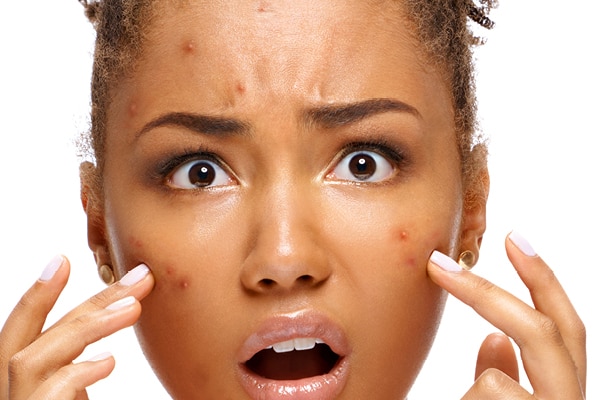
This is the most important thing that you need to know. The reason being, the treatments you try for regular face acne may not work on fungal face acne. Thus, it is imperative that you differentiate between the two.
To put it simply, the main point of difference between regular and fungal face acne is the cause. The two look very similar when it comes to appearance, but fungal acne is more discomforting in nature. The discomfort comes in the form of redness and itchiness. If you notice any unnatural appearance in your acne, anything that itches a lot, that may be fungal face acne.
What causes fungal face acne?

Regular face acne grows on the skin. On the other hand, fungal face acne grows on the hair. It happens because of overgrown yeast in the hair follicles. Another name for this yeast is pityrosporum folliculitis. It is found on everyone’s skin, but only an overgrowth of it causes fungal acne.
1. Trapped moisture
While regular acne happens due to excess oil production or hormonal imbalance, fungal face acne happens because of trapped moisture. For instance, if ever you make the mistake of masking overnight, be ready for fungal face acne in the morning. Overnight masks do not hydrate your skin more, they only seal the moisture in, more than necessary, leading to these itchy and infectious pustules.
2. Harsh antibacterial washes
Another reason why fungal face acne may occur, is if you wash away the healthy bacteria and use harsh antibacterial face washes.
3. Tight clothes
Wearing tight and non-breathable clothes can also lead to such acne, along with skin irritation.
4. Genetics and a weak immune system
Genetics may also play a role if you get constant and chronic fungal face acne. Further, if you have a weak immune system, that may also be one of the causes for fungal and itchy acne.
5. Moist and warm environments
If you live in a hot and constantly warm place, chances are you are at a higher risk of getting fungal infections on the skin, fungal face acne being one of them.
6. Diet changes
Has there been any change in your diet of late? Your fungal face acne may be a result of your diet not suiting you. It may be a form of allergy. Further, if you eat carb-rich or sweet foods much, you can get this fungal acne more as the said yeast feeds on carbs.
7. Medications
Fungal face acne may also occur if your body or skin is reacting negatively to any medicines or antibiotics that you may be taking. Some antibiotics lead to a reduction in good bacteria, contributing to the growth of the fungus.
Even if you are unable to recognise fungal face acne in one go, remember that if your regular face acne treatments do not work for a long time, chances are that you have a fungal infection and you need a better and more intensive treatment plan.
What are the signs of fungal face acne
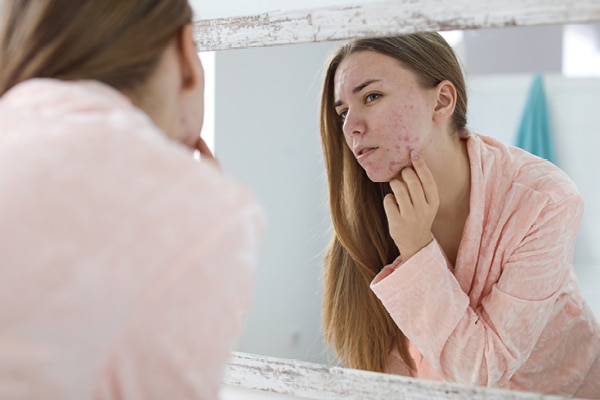
By now you know what causes fungal face acne and how it differs from regular acne. But apart from the basic differences, how do you identify it? Let us help you with that.
1. Size
The first thing to look for is the size of the acne. Fungal face acne are usually all of the same size and are filled with pus. These can also look like whiteheads and blackheads and may vary in size.
2. Location
Another important identifying factor is the location of the acne. These usually happen on the arms, back and chest, though it may also pop up on the face due to bacterial infections.
3. Clusters
Fungal face acne never happens in isolation. It always happens in small groups or clusters of whiteheads.
4. Itching
The last and most important identifying factor is that fungal face acne is itchy.
How is fungal face acne diagnosed?
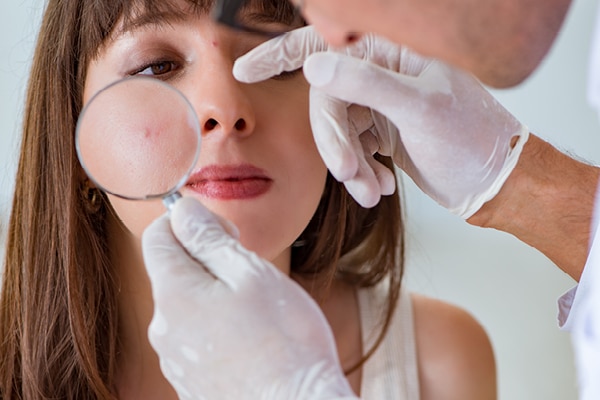
Once you are sure that you have fungal face acne, the first step should be to immediately consult a doctor, specifically a dermatologist. Firstly, they will ask you about the symptoms that you are experiencing, and then any medical history that you may have, along with some basic questions.
- The most important questions would be:
- How long have you had the acne
- What have you done to treat it
- What symptoms you are experiencing
Once the dermatologist has all the requisite information, he or she will scrape out a small amount of skin from the said area to examine if the responsible yeast is there. A biopsy or sample test may also take place in certain cases. Mostly, fungal acne, face or otherwise, is diagnosed like this.
How to treat fungal face acne?
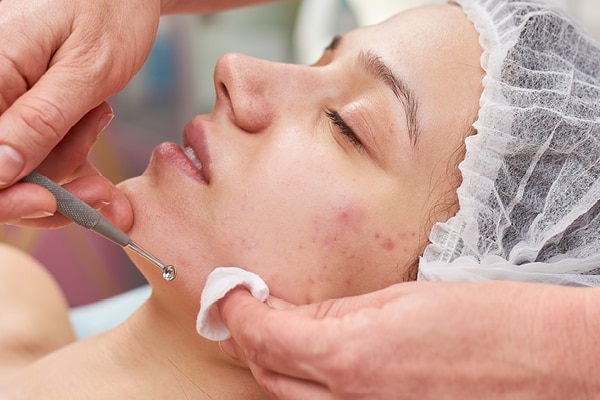
Treating fungal face acne is tricky, but not impossible. In fact, do you know that one of the best remedies for it is using shampoo? Yes. That means if you get this type of acne on your scalp, you can easily get rid of it by using shampoo. In fact, dandruff shampoos are the best when it comes to treating fungal acne. However, if you get it on the face, then what? Well, experts recommend washing the affected area with the shampoo, leaving it on for a few minutes and then rinsing it. But using shampoo on the face may not always be the best option.
What is the alternative?
Enter, salicylic acid. In case any of your usual acne products or even home remedies do not work on the acne, you can try products with salicylic acid. These are great at taking care of fungal face acne and treating it. If you are sensitive to the ingredient or have sensitive skin in general, we suggest you consult a dermatologist.
Further, precaution is the best form of cure. We would suggest that you stop wearing tight clothes such as turtle necks that may cause fungal acne on the neck and subsequently on the face. Also, keep your skin dry, especially after a hearty and sweaty workout. Too much sweat trapped in layers of clothing can also trigger this type of acne.
Eating a balanced diet is of course important. See what you are eating. Reduce your carbs and sweets as the yeast responsible for fungal acne feeds on that. Include lots of fruits and vegetables in your diet, along with proteins. Avoid hot foods for some time.
As far as skincare is concerned, use as gentle products as possible. One of the main reasons for fungal face acne is using harsh products that wash off good bacteria. Using gentle products will ensure that your skin gets cleaned, but in a soft manner that does not give rise to any complications such as fungal face acne.
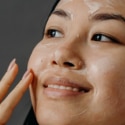

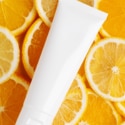

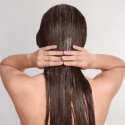




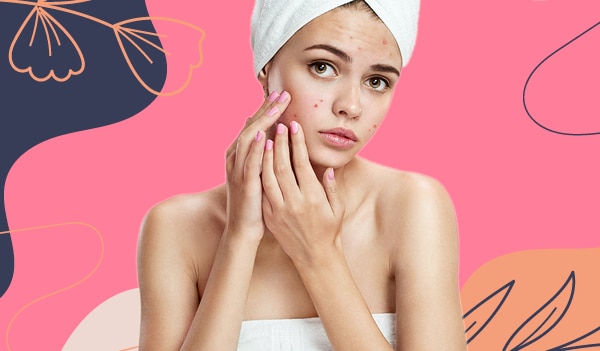

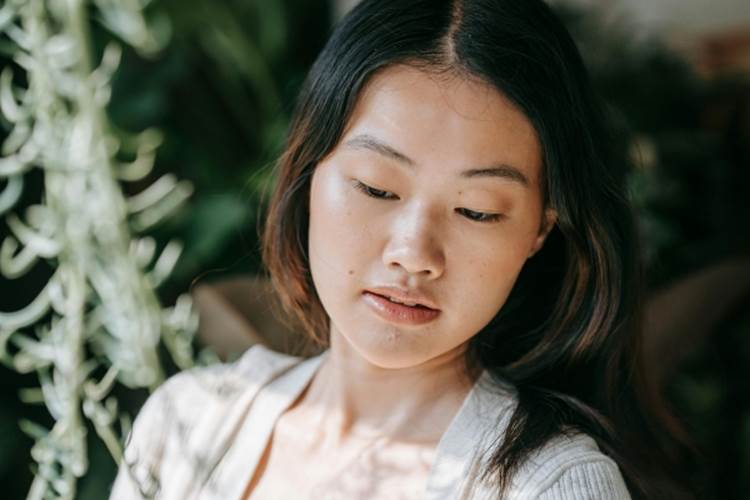
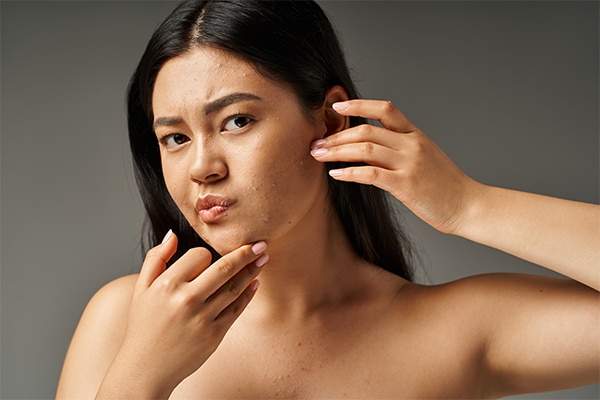



 Privacy Notice
Privacy Notice
Written by Kadambari Srivastava on 6th Dec 2021
A finance professional by degree who jumped into the world of content creation 7 years ago, Kadambari is a pro at spinning words, whether it's beauty, business, entertainment, or anything else. Better separate your 'its' from 'it's' when she is around. When she isn't writing, she can be seen with a cup of tea in one hand and a book in the other, keeping up with her book challenge of the year.